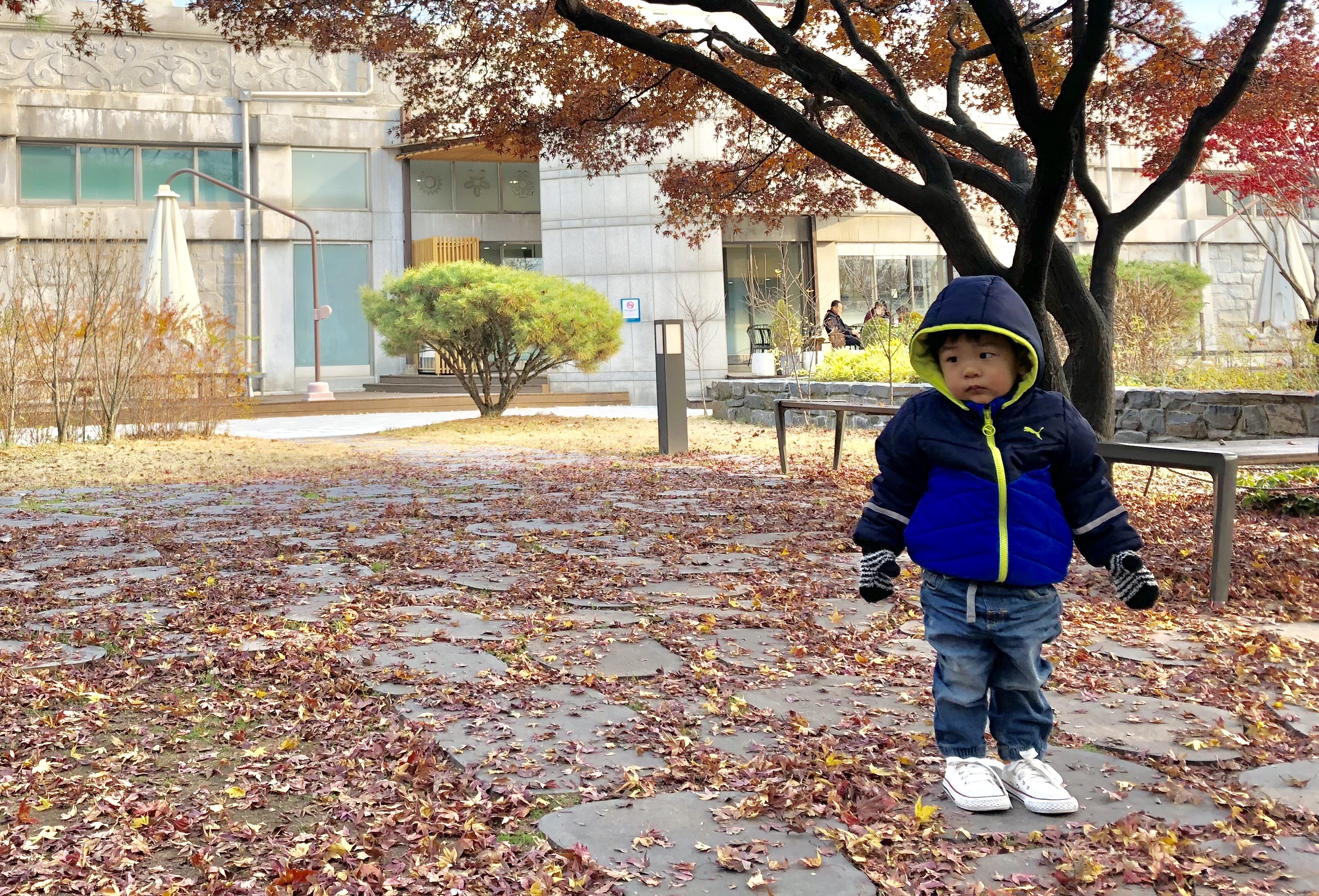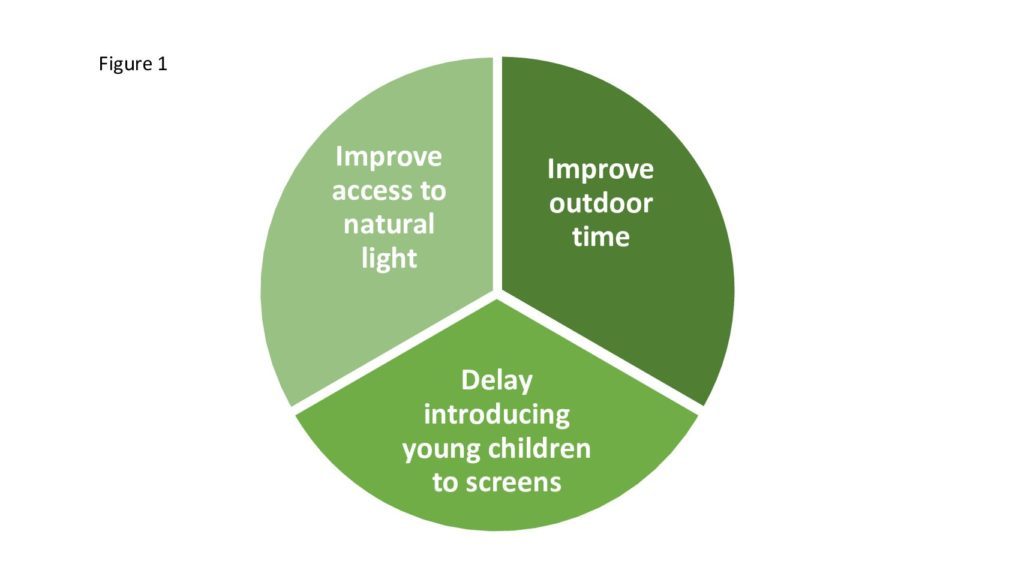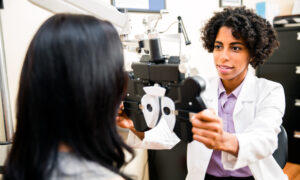June 7, 2019
Huy Tran, MD
PhD Candidate, Brien Holden Vision Institute
 Both the incidence and prevalence of myopia and high myopia are rising globally. Prevalence of myopia is already 80% – 90% for young adults aged 17 – 18 years in many East and Southeast Asian countries1 but more importantly, myopia is beginning to be seen at earlier ages than before. Myopia has been reported in children as young as 4 – 6 years of age resulting in more years spent in progression mode and therefore higher net myopia. Thus it is crucial to prevent the onset of myopia and if not, to intervene at the earliest possible age to reduce the risk of progression.
Both the incidence and prevalence of myopia and high myopia are rising globally. Prevalence of myopia is already 80% – 90% for young adults aged 17 – 18 years in many East and Southeast Asian countries1 but more importantly, myopia is beginning to be seen at earlier ages than before. Myopia has been reported in children as young as 4 – 6 years of age resulting in more years spent in progression mode and therefore higher net myopia. Thus it is crucial to prevent the onset of myopia and if not, to intervene at the earliest possible age to reduce the risk of progression.
As a pediatric ophthalmologist with an interest in myopia as well as being a father of two young children (2.5 yrs and 3 months respectively) in Vietnam, I am acutely aware of the need to actively monitor and manage the visual experience of young children to reduce the risk of onset and progression of myopia. So let us examine the evidence and consider the conditions and/or modifications that optimize visual health and reduce the risk of myopia.
Myopia is multifactorial in origin with both genetic and environmental factors contributing to its genesis. There is a clear link between myopia and environmental risk factors such as near work2, age at which education/school started3, years of schooling4, time spent outdoors5, lifestyle factors like housing type6, urban versus rural living spaces with one or more of these factors involved in the current myopia epidemic. This knowledge also provides us with an opportunity to reduce the risk of onset as well as progression of myopia through modification of environmental risk factors such as near work and outdoor activities.
In examining the evidence more closely, greater amounts of time spent outdoors is associated with reduced risk of myopia genesis and progression7. Similarly, less myopia and better uncorrected visual acuity has been reported in children in China who spend 31 – 60 minutes and more than 60 minutes doing outdoor activities during mid-day.8
A number of factors associated with being outdoors such as increased light, spectral composition of outdoor light, a flatter dioptric world, reduced pupil size with improved depth of field, and increased secretion of neurotransmitters such as dopamine might play a role. In this respect, it appears that bright light has a role to play. Data from animal studies report reduction of form deprivation myopia with high intensity ambient light exposure (15,000 lux) up to 5 hours per day in chickens reared with translucent diffusers9. Furthermore, daily exposure to outdoor light (>3000 lux) has been shown to reduce axial length growth in Australian children.10 Further evidence supporting the importance of the role of outdoors, is data that demonstrates seasonal variations in myopia progression with slower axial length growth and lesser myopia progression observed in summer months compared to winter months.11 Interestingly, myopia progression was less in children exposed to light of intensity of 1000 lux or more typically observed in school hallways or under the trees.12
Although not fully explored, the type of housing might play a role. Studies conducted in China and Australia reported association between housing type and living areas with myopia. Children living in urban areas13 higher levels, apartment residences, confined houses and terrace houses6,13 have higher risk of developing myopia compared to those living in standalone or separate houses6. The children living in urban areas and rural areas of Australia differed only in outdoor activities with children spending significantly less time in outdoor activities in urban areas13.
Additionally, there might be a role for improving indoor lighting. Typical indoor luminance of 100 – 500 lux is substantially less compared to outdoors (130,000 lux)14.
It also needs to be remembered that in addition to an association with outdoor time, myopia incidence and progression is also associated with increased near work activities. The odds of becoming myopic increase by 2% with every diopter-hour of near work per week2. The near work categorized as risk factors of myopia includes reading, use of computer and video games2. More near work activities result in a visual experience that results in hyperopic defocus due to accommodative dysfunction and/or accommodative lag. And, hyperopic defocus signals are considered to be a signal for the eye to grow in length. Limiting the amount of time spent doing near work activities would relieve the eye of hyperopic defocus at the retina.
Modifications in lifestyle during childhood such as spending time outdoors during class recess, spending less time doing near work activities could be effective in reducing myopia genesis and progression.
Thus in summary, what I would do with my own children to reduce the risk of onset of myopia and what I might say to my pediatric patients to reduce progression is summarised in Figure 1.


Huy Tran, MD is a pediatric ophthalmologist with the Myopia Control Clinic, Hai Yen Eye Care in Ho Chi Minh City, Vietnam, and a PhD candidate at the Brien Holden Vision Institute.
References
- Lin, L.L., et al., Prevalence of myopia in Taiwanese schoolchildren: 1983 to 2000. Ann Acad Med Singapore, 2004. 33(1): p. 27-33.
- Huang, H.M., D.S. Chang, and P.C. Wu, The Association between Near Work Activities and Myopia in Children-A Systematic Review and Meta-Analysis. PLoS One, 2015. 10(10): p. e0140419.
- Rose, K.A., et al., Myopia, lifestyle, and schooling in students of Chinese ethnicity in Singapore and Sydney. Arch Ophthalmol, 2008. 126(4): p. 527-30.
- Tay, M.T., et al., Myopia and educational attainment in 421,116 young Singaporean males. Ann Acad Med Singapore, 1992. 21(6): p. 785-91.
- Rose, K.A., et al., Outdoor activity reduces the prevalence of myopia in children. Ophthalmology, 2008b. 115(8): p. 1279-85.
- Wu, X., et al., Housing type and myopia: the mediating role of parental myopia. BMC Ophthalmol, 2016. 16(1): p. 151.
- Jones, L.A., et al., Parental history of myopia, sports and outdoor activities, and future myopia. Investigative ophthalmology & visual science, 2007. 48(8): p. 3524-3532.
- Guan, H., et al., Impact of various types of near work and time spent outdoors at different times of day on visual acuity and refractive error among Chinese school-going children. PloS one, 2019. 14(4): p. e0215827.
- Ashby, R., A. Ohlendorf, and F. Schaeffel, The effect of ambient illuminance on the development of deprivation myopia in chicks. Invest Ophthalmol Vis Sci, 2009. 50(11): p. 5348-54.
- Read, S.A., M.J. Collins, and S.J. Vincent, Light Exposure and Eye Growth in Childhood. Invest Ophthalmol Vis Sci, 2015. 56(11): p. 6779-87.
- Donovan, L., et al., Myopia progression in Chinese children is slower in summer than in winter. Optom Vis Sci, 2012. 89(8): p. 1196-202.
- Wu, P.C., et al., Myopia Prevention and Outdoor Light Intensity in a School-Based Cluster Randomized Trial. Ophthalmology, 2018. 125(8): p. 1239-1250.
- Ip, J.M., et al., Myopia and the urban environment: findings in a sample of 12-year-old Australian school children. Invest Ophthalmol Vis Sci, 2008. 49(9): p. 3858-63.
- Norton, T.T. and J.T. Siegwart, Jr., Light levels, refractive development, and myopia–a speculative review. Exp Eye Res, 2013. 114: p. 48-57.













